By: Ben Holdt
Spending a few days at the beach is a great way to get away from the daily stresses of life and relax. With over 8,000 miles of coastline, Florida is second to just Alaska for the amount of land they have touching, sparkling ocean waters. However, the Sunshine State has the upper hand on being near the warm waters of the Atlantic Ocean and Gulf of Mexico. While there may be a lot of towns and cities dotting the Florida coast, there are only a few that indeed offer the best quality of life. Check out the best beachside cities in Florida for your next beach getaway.
With 27 miles of white sandy beaches, Panama City Beach is widely known for its ability to ease away any stress that you brought with you on your vacation. This famous town offers waterfront restaurants as well as plenty of scuba activities thanks to its nearby artificial reefs. Families will enjoy the many water parks in town as well as two state parks that offer an up close and personal look at nature. There are plenty of nearby amusements to fill a vacation at the beach when the sand castle building is all done.
This popular surfing destination is just south of Cape Canaveral along the Atlantic Ocean. Cocoa Beach is known for the waves that descend upon its shores at the end of the hurricane season that offers a great opportunity for avid surfers. Check out local events to book a vacation with plenty of action out on the water as you soak up the sun from the beach. You’ll also find many things to explore in the area including tours of the Kennedy Space Center, the Dinosaur Store, and many fishing charters.
Located in Northwest Florida, Destin features plenty of sugar white beaches and sunshine. As a popular destination point for many Midwesterners, the area is well known for its wide range of fishing activities as well as shopping opportunities. You’ll find excellent fishing charters as well as plenty of events year-round to make your vacation unique. Local restaurants feature fresh seafood from the gulf, and you’ll also find plenty of golf courses in the area as well.
Palm Beach
This widely known beach is as far East as you can get on the Florida coastline. Palm Beach features beautiful palm trees along white sandy beaches and plenty of luxury. The beach sits on a 16-mile-long island that is just 0.5 miles wide with plenty of beach area all around. Many wealthy families choose this area for winter homes which have created a luxury experience in town. You’ll find the most excellent restaurants and upscale shops when you’re not enjoying the beautiful beach.
The beautiful emerald waters along Fort Walton Beach are enough to attract plenty of visitors each year. Located between Pensacola and Panama City, the beach is in an excellent location for visitors to get to from other parts of the country. Fort Walton Beach has powdery white beaches and offers plenty for the family to do once a day at the beach is done. You’ll find golf courses, aquariums, and many other attractions that help make this destination a vacation to remember.
There are plenty of places to choose from when looking for a great vacation on the beach in Florida. White sandy beaches mixed with enough great food and nightlife to keep you busy after a long day on the beach is standard for many of these hot spots. Consider any one of the best beachside cities in Florida for your next vacation to the Sunshine State.
Ben Holt is a fresh air enthusiast and loves writing about it. Ben is always looking to make the most of a summer day, whether he is relaxing in his garden, hiking on an off-beaten trail or entertaining friends on his newly renovated patio.

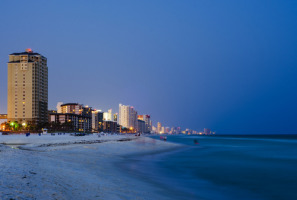
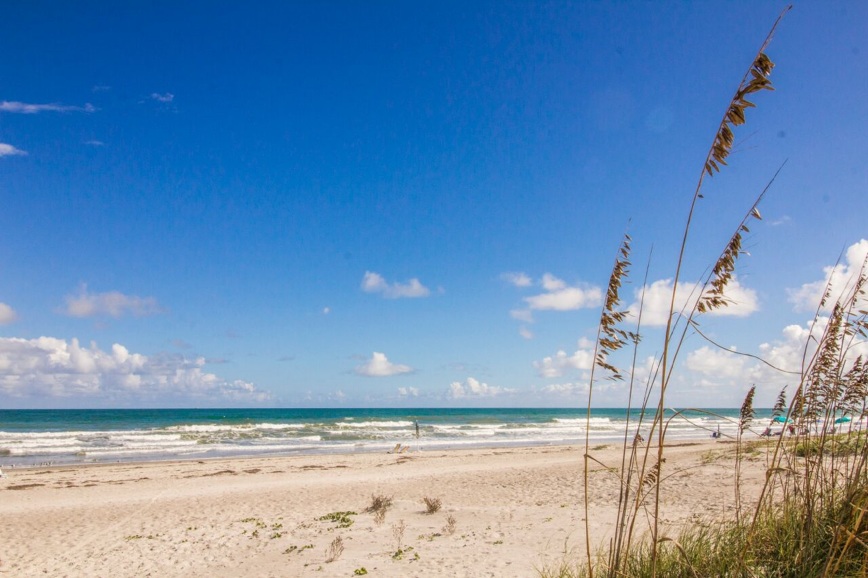
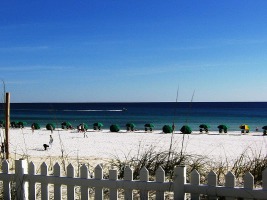
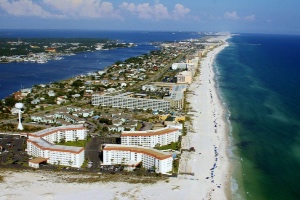
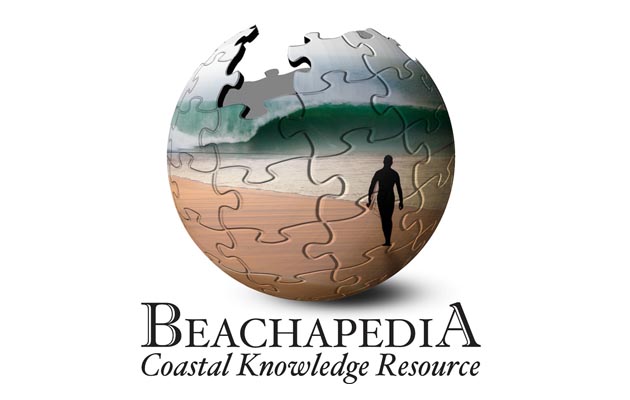
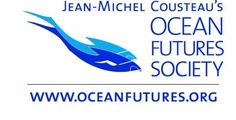
 At Ocean Futures Society we support banning single use plastic bags because we stand behind the principle, “There is no waste in nature.” This means that in nature everything is recycled in one way or another. Even the harmful chemical defenses of plants and animals are naturally broken down in to harmless raw materials that become available for reuse in another form. With this valuable lesson from nature we conclude that we should only produce materials that can be easily rendered harmless after use and then become raw materials for another use.
At Ocean Futures Society we support banning single use plastic bags because we stand behind the principle, “There is no waste in nature.” This means that in nature everything is recycled in one way or another. Even the harmful chemical defenses of plants and animals are naturally broken down in to harmless raw materials that become available for reuse in another form. With this valuable lesson from nature we conclude that we should only produce materials that can be easily rendered harmless after use and then become raw materials for another use.